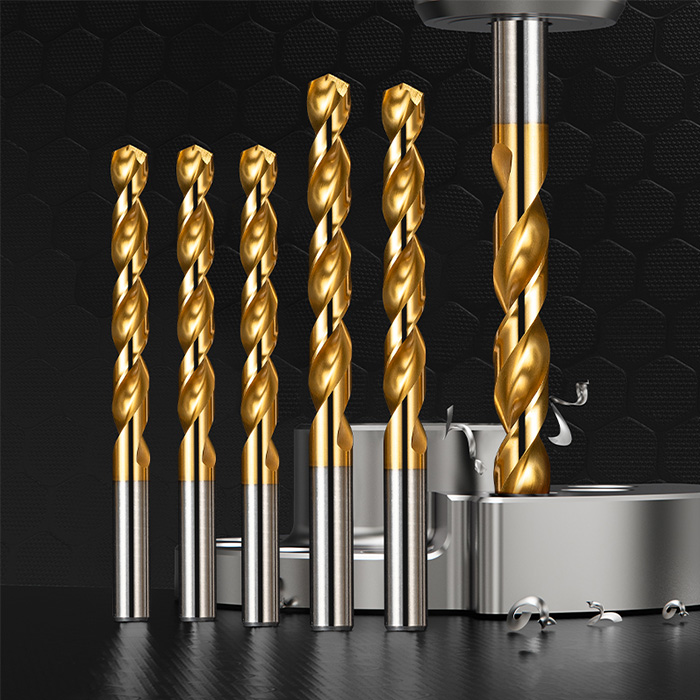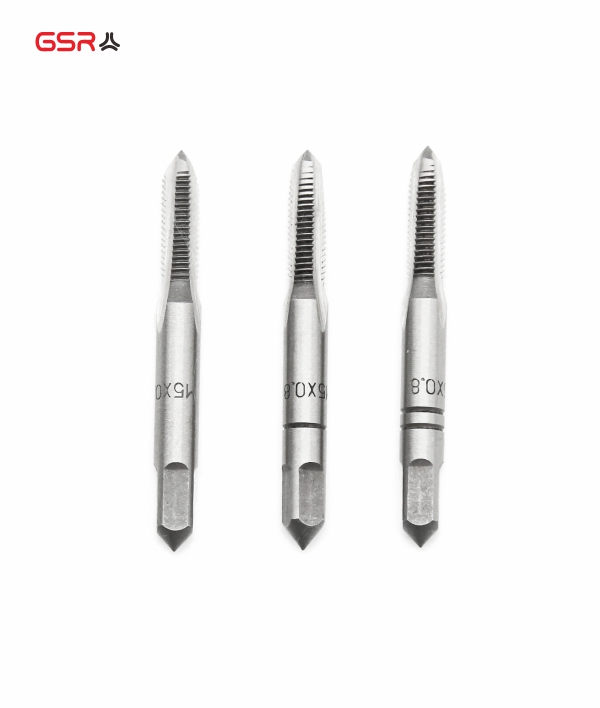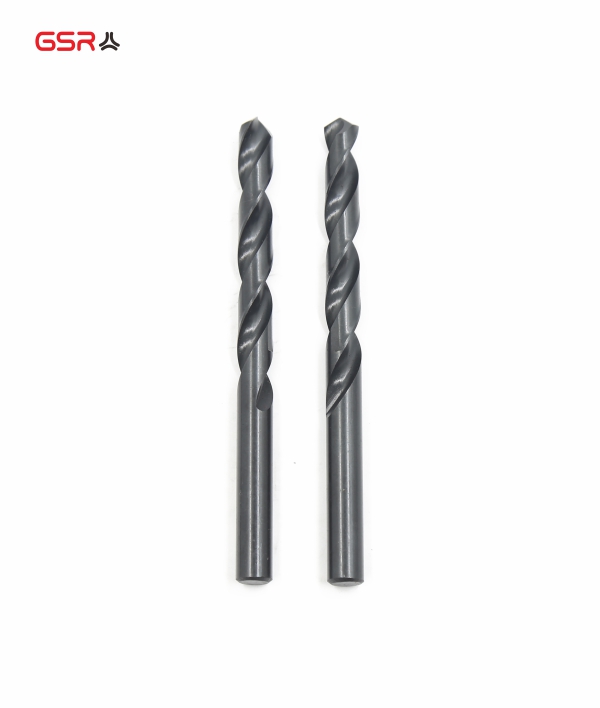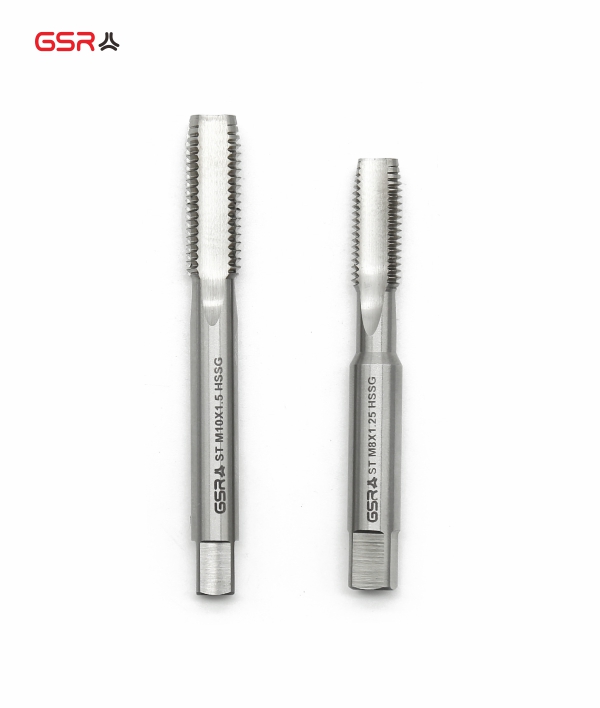The Mystery of Drill Point Angles
The Mystery of Drill Point Angles: Why 118° Dominates

In the world of machining, drill bits are ubiquitous and critical tools. The point angle—a seemingly minor geometric feature at the tip of a drill bit—holds profound engineering significance.
Among these angles, 118° stands out as the most widely adopted standard. The reasons behind this prevalence involve a blend of historical evolution, functional optimization, and practical craftsmanship.
1. Historical Origins of the 118° Standard
The dominance of the 118° point angle traces back to the early 20th century. At the time, manufacturing lacked advanced tools like computer-aided design or finite element analysis.
To simplify drill bit design and production, engineers adopted 118° as a unified standard. This angle streamlined manufacturing processes, reduced measurement complexity, and
ensured consistency in quality control. Over time, this empirical choice became entrenched as an industry tradition.
2. Cutting Performance Advantages
The 118° point angle delivers balanced performance across diverse materials. Its geometry ensures:
Uniform force distribution across cutting edges, reducing localized wear.
Sharper cutting edges, improving hole quality (e.g., roundness and surface finish).
Efficient chip evacuation, minimizing heat buildup and extending tool life.
For softer materials like aluminum, the 118° angle allows rapid feed rates. Its acute geometry directs cutting forces laterally, enabling smooth penetration.
Conversely, harder materials like cast iron demand larger angles (140°–145°) to reduce axial stress and edge chipping.
3. Material-Specific Adaptations
While 118° remains the default, adjustments are critical for material compatibility:
Aluminum/soft metals: Maintain 118° for fast feeds and clean cuts.
Cast iron/hard alloys: Increase to 140°–145° to enhance edge strength and reduce wear.
Stainless steel/titanium: Intermediate angles (120°–135°) balance heat dissipation and rigidity.
This flexibility mirrors the principle of "right tool for the job"—similar to wearing lightweight clothing in summer and insulated gear in winter.
4. Twist Drill Geometry: A Technical Breakdown
A standard twist drill incorporates multiple angles:
Point angle (118°): Dictates cutting efficiency and edge durability.
Helix angle: Affects chip removal and torsional stability.
Chisel edge angle: Influences centering accuracy and thrust force.
A smaller point angle (e.g., 118°) offers:
Longer cutting edges → Reduced load per unit length.
Lower axial forces → Improved stability and heat dissipation.
Larger tip radius → Enhanced wear resistance.
However, excessively small angles weaken the tip and increase torque. Thus, 118° represents an optimized compromise.
5. Tool Material Variations
Drill composition further dictates angle selection:
High-speed steel (HSS) drills: Typically 118° for versatility.
Cemented carbide (HM) drills: Use 140° to withstand high-hardness materials.
These adaptations ensure alignment with cutting mechanics and workpiece properties.
6. Industry Standards and Practical Wisdom
Common standardized angles (118°, 120°, 130°, 135°, 140°) reflect decades of empirical refinement. For example:
118°: Ideal for aluminum, plastics, and general-purpose drilling.
140°: Preferred for cast iron, hardened steels, and abrasive composites.
This hierarchy mirrors culinary principles—just as salt and soy sauce remain essential in every dish, 118° endures as a foundational solution in machining.
Conclusion
The 118° point angle exemplifies the synergy between tradition and engineering pragmatism. While modern technology enables precise customization,
this "golden angle" persists due to its proven balance of efficiency, durability, and adaptability. Whether drilling aluminum or hardened steel, understanding
angle dynamics ensures optimal performance—a testament to the enduring ingenuity of machining craftsmanship.













